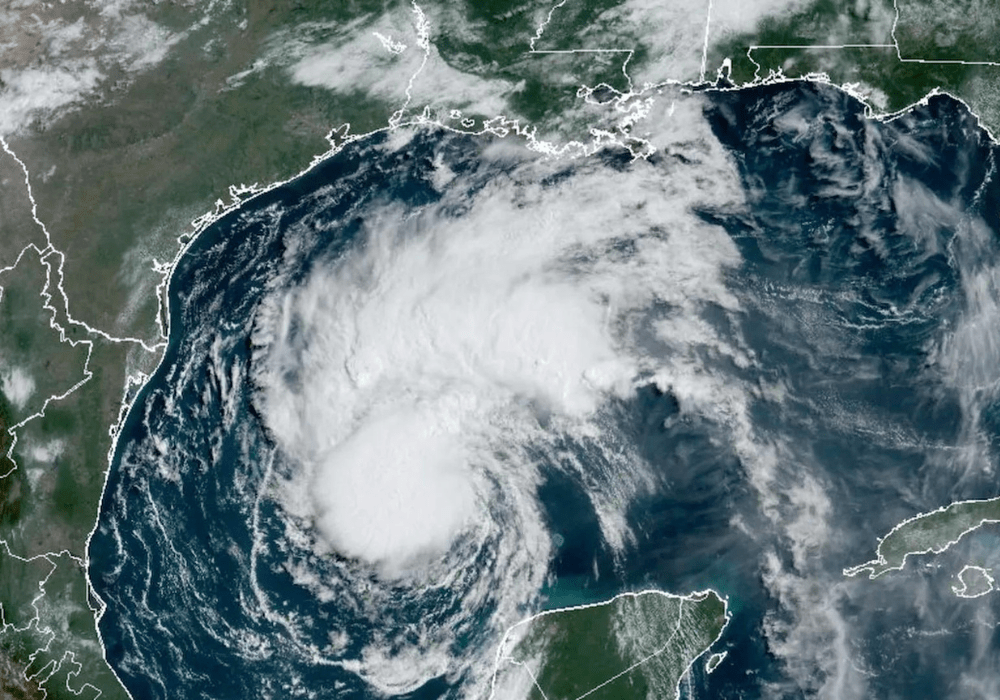
In this THIRA, Ramon assesses the natural, technological, and human-caused threats and hazards in Colorado, U.S. The natural threats include droughts, floods, wildfires, and tornadoes. Prominent technological hazards include system outages, water contamination, high-risk artificial intelligence, and transportation accidents. Human-related hazards and threats include biological attacks, ransomware attacks, cyber attacks, and active shooters.
Continue reading “Natalia Ramon Threat and Hazard Identification and Risk Assessment (THIRA) in Colorado”








